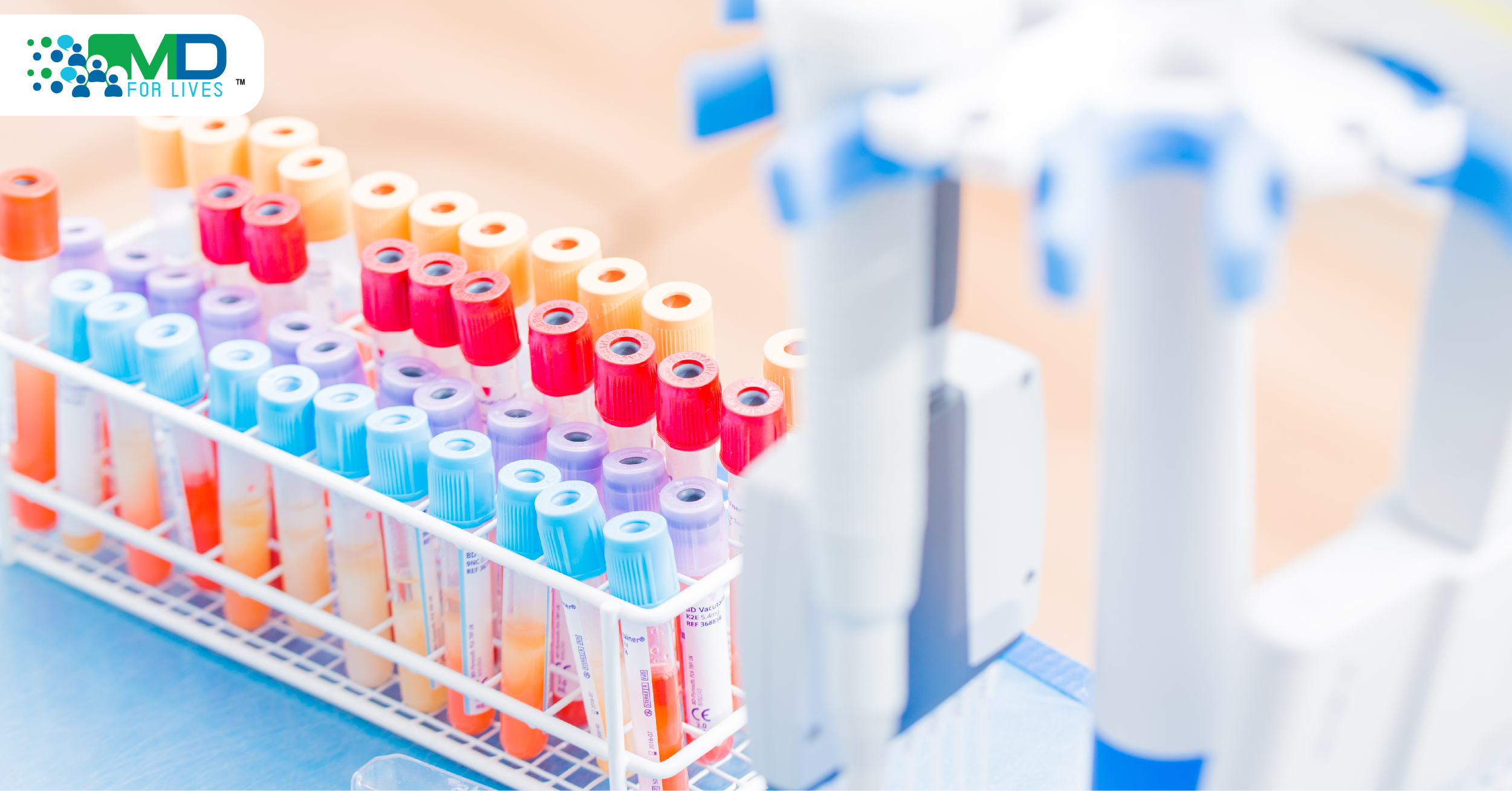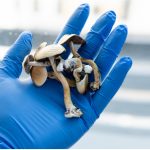Flow cytometry is a technique in which tens of thousands of cells are passed through a fluidics system, and lasers and detectors are used to quantify different characteristics of the cells.1 The technique has been contributing to blood cancer diagnosis since the early 1980s, and it is now used in screening and monitoring for a growing list of diseases.
In addition to cancer, clinicians currently use flow cytometry in the context of primary immune deficiencies,2 organ transplantation, and secondary immune deficiencies like HIV. The technology can accept blood, bone marrow, cerebrospinal fluid, and other types of samples. There is growing interest in using flow cytometry to identify solid tumors based on a blood sample, a technique known as a “liquid biopsy”.

Flow cytometry in hematologic cancer diagnosis and monitoring
Clinical flow cytometry is best established in the hematology field, where it is used in diagnosis, immunophenotyping, and monitoring of leukemia and lymphoma. For example, a clinician might use flow cytometry to determine the origin of a patient’s cancer in a specific subgroup of white blood cells.3,4 Or, a practitioner might analyze a bone marrow biopsy sample via flow cytometry to quantify the proportion of cells that are positive for a combination of surface markers (such as CD markers) characteristic of a certain disorder.3
Research is underway on the use of a related technique, fluorescence-activated cell sorting, to purify specific cells (such as healthy stem cells) for transplant procedures and immunotherapies.5 After a bone marrow transplant, flow can be used to monitor the reconstitution of the new immune system.4
Liquid biopsy using flow cytometry
In a liquid biopsy, a patient blood sample is subjected to flow cytometry and/or other analysis techniques to detect low-abundance circulating tumor cells or other markers derived from a solid tumor.6 The ability to use a blood sample would provide significant advantages over traditional biopsies, which are more invasive.6,7
Flow cytometry and fluorescence-activated cell sorting-based liquid biopsy techniques are now under investigation for pancreatic cancer,7 colon cancer,9 and multiple myeloma,6 among others. Two FDA-approved liquid biopsy analyzers are available, though both are based on technologies other than flow cytometry.6

Primary immune deficiency and acquired disorders
Primary immune deficiencies involve hereditary immune dysfunction that can lead to infections, autoimmune responses, and/or high cancer susceptibility, often with devastating consequences.2,4
Since they include a wide array of hereditary rare diseases, some so rare diseases do not even have a name, these disorders can be difficult to diagnose. When a patient is suspected to have a primary immune deficiency, flow cytometry can help clinicians profile the patient’s immune cells, understand the abnormalities in his or her immune system. and often make a diagnosis.2,4
Acquired immune deficiencies and autoimmune conditions also involve alterations in a patient’s immune system that can often be detected by flow cytometry. Specialized laboratories can perform immunophenotyping of patients for acquired immune deficiency, based on their lymphocyte subsets, the presence of active autoantibodies, or other factors.4
Limitations of clinical flow cytometry
Flow cytometry is a complex technique that requires careful specimen handling, expertise, and access to a lab with the appropriate capabilities.8 Timing and scheduling requirements can make the process logistically challenging. For a liquid biopsy, in particular, the extreme rarity of circulating tumor cells can require rigorous enrichment techniques.4,6,7
However, with a number of current research programs, flow cytometry may soon become part of the diagnostic or monitoring process for an increasing number of diseases.





